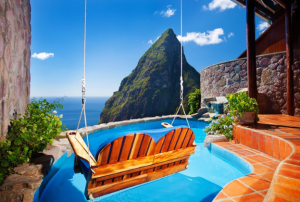
Ladera Resort – St. Lucia
With 37 suites, each suite provides magical views of the island. Experience pure nature, luxury and an eco-adventure at Ladera Resort.
![]()

Mountains of the Caribbean are typically along coastal beaches. On Caribbean islands, people live mainly on the coasts and valleys that edge between sea and mountain. If the sea is the front door, mountain ranges have our backs. Some islands’ mountain ranges rise majestically straight out of the sea such as St Lucia’s twin Pitons.
In other islands, such as Antigua and Barbados, the mountain ranges, or hills, tumble to coasts in wide arcs of harbour and gleaming sandy beaches.
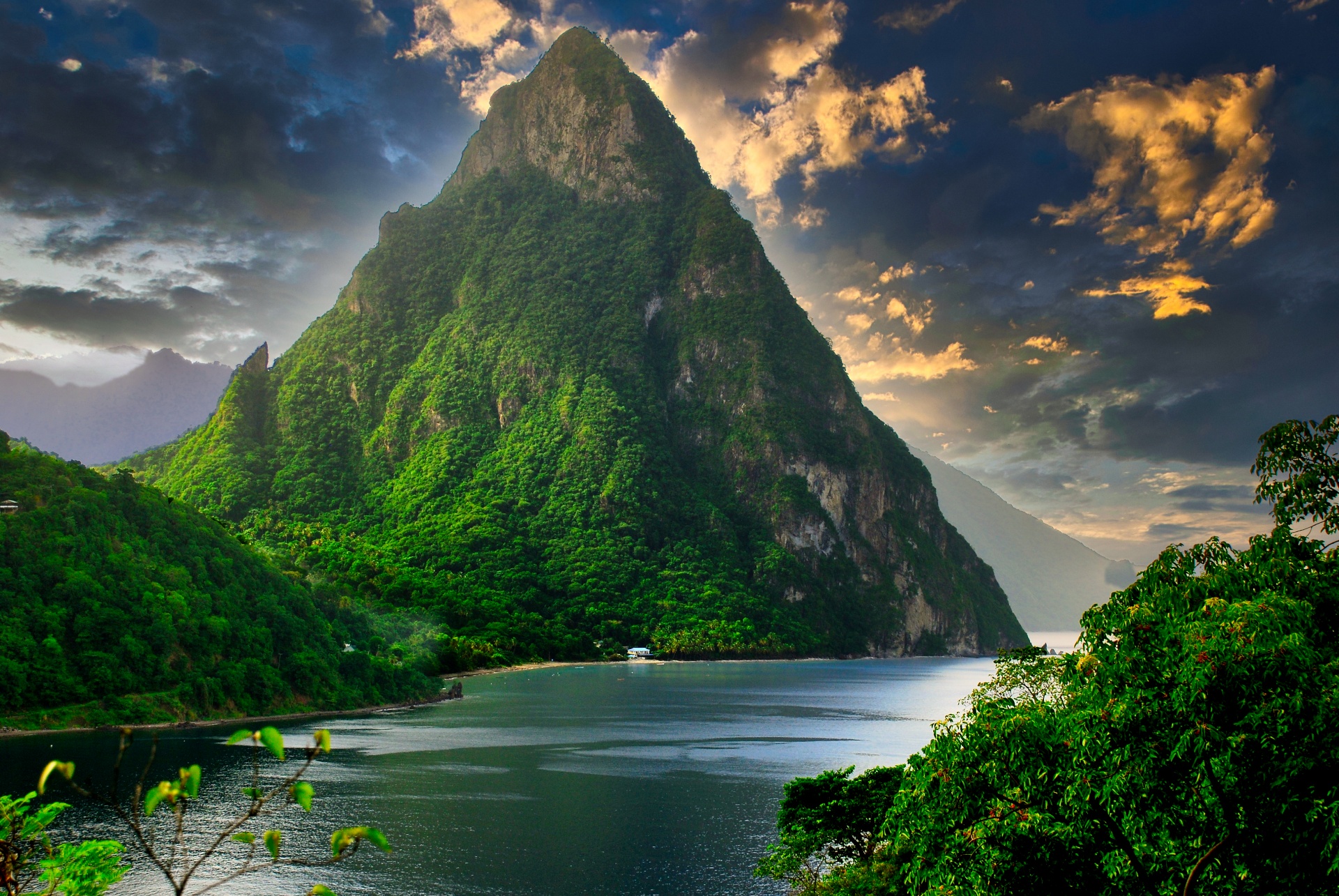
Mountains of the Caribbean can also be dangerous but still beautiful. Geologically, the Caribbean is a place where the Earth’s tectonic plates meet and meld, much like its peoples. The openings and thrusts of these giant forces give rise to volcanoes (St. Vincent 2021) and earthquakes (Haiti 2010). Between the deep blue sea and the mountains, there’s both beauty and danger.
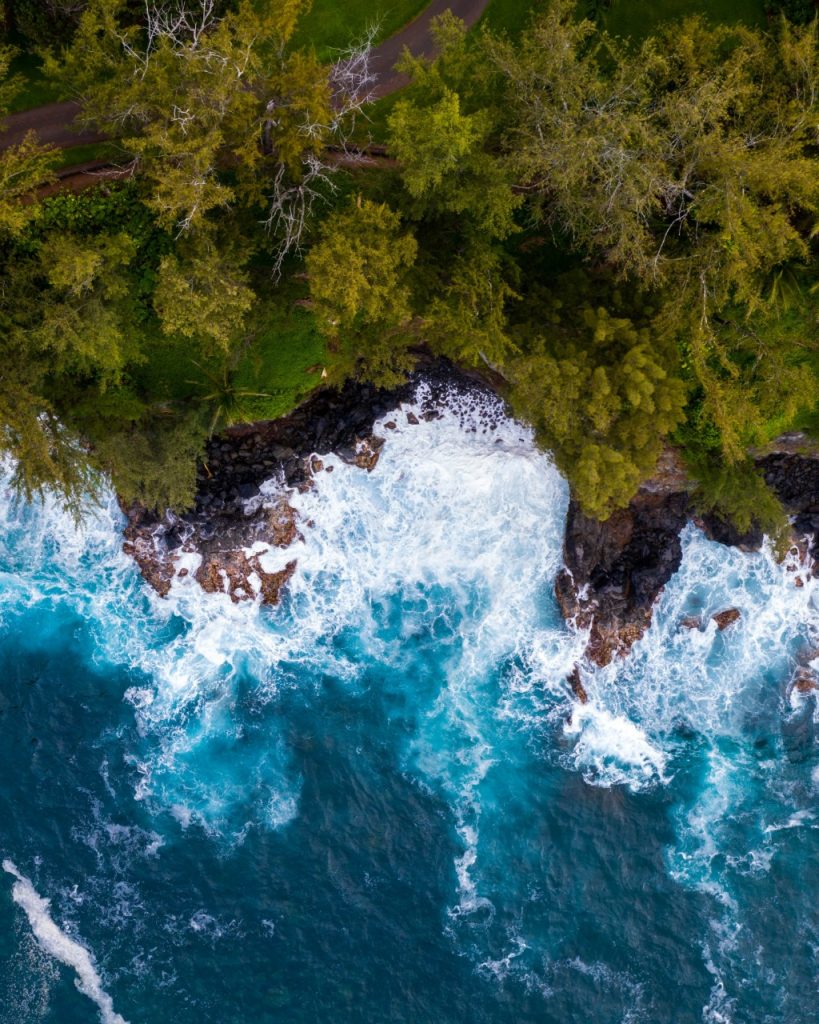
The creation of the Caribbean islands happened over millions of years with a series of tectonic movements and sea level fluctuations. The migration of the Caribbean plate eastward along with the subduction of the North American and South American plates resulted in the arcs of mountainous islands that we see today rising above the ocean’s surface.
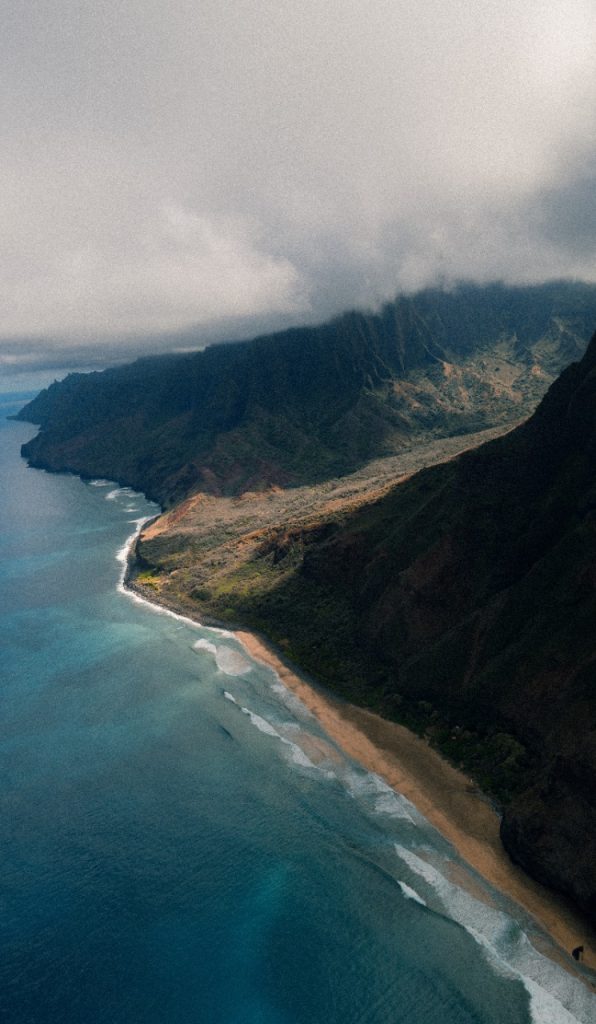
Island structures of complex mountainous landscapes and fertile valleys enable lush ecological landscapes rich in biodiversity and habitats. The mountain infrastructure is central to the establishment of an array of habitats: providing variety through changes in altitude, slope, and texture. The physical complexity of mountains alters water movement, temperature, humidity and orientation to the sun and creates microclimates for organisms to flourish and evolve.
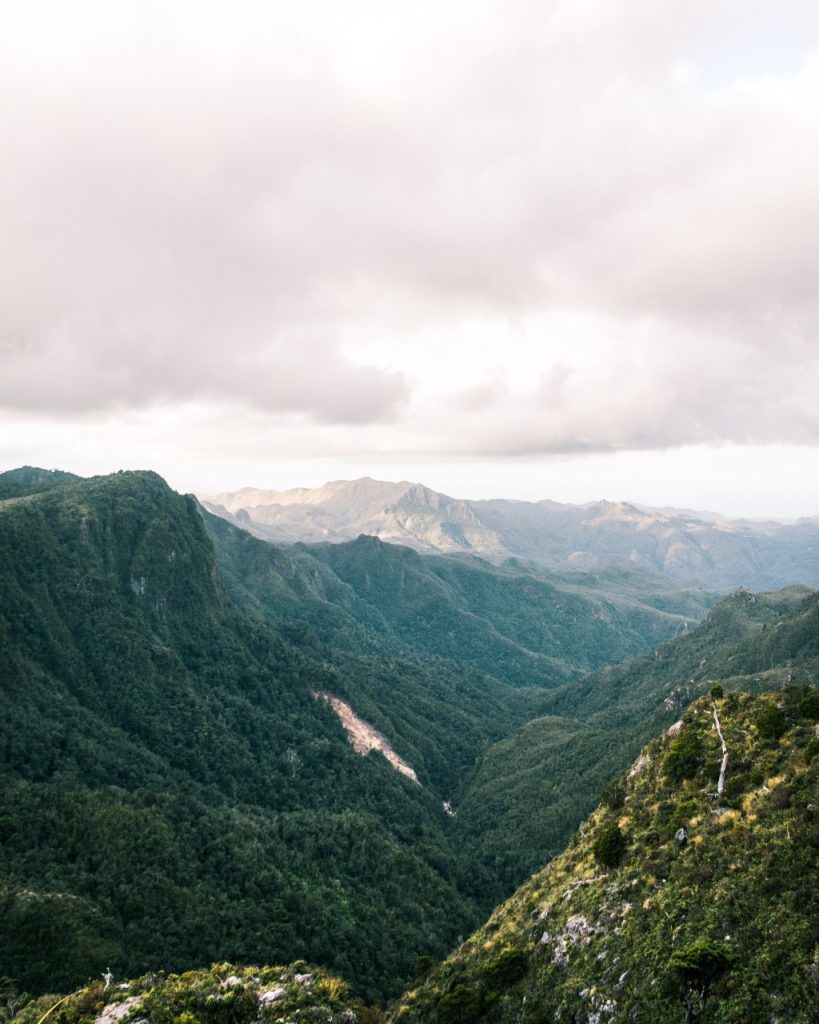
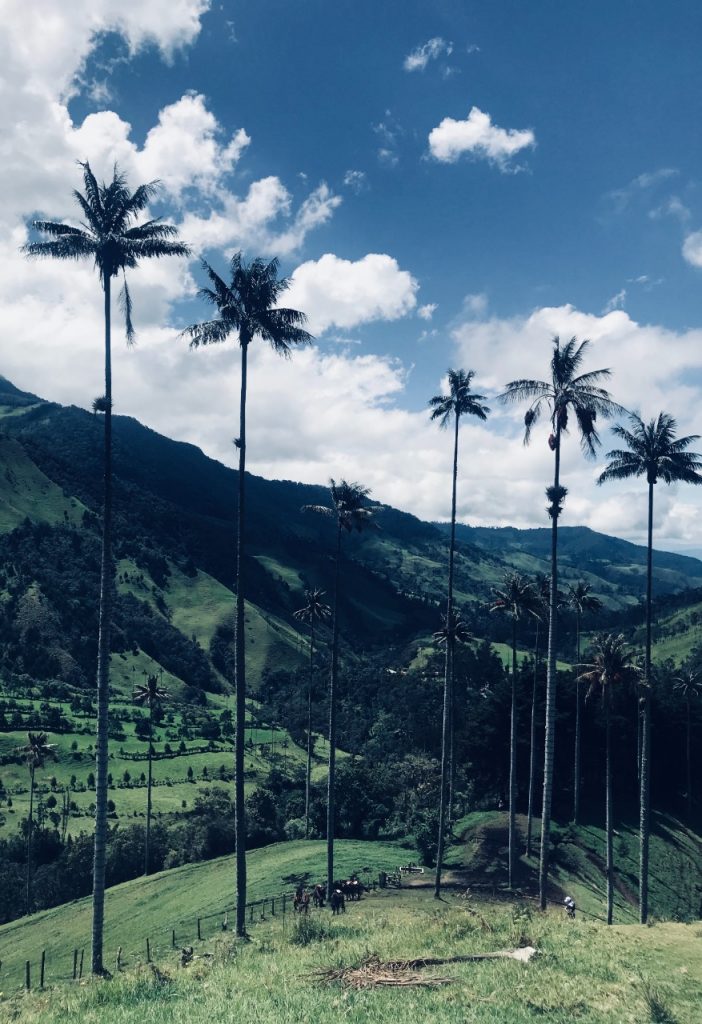
On many mountains of the Caribbean, vegetation shifts quickly from wetlands at the coast to tropical rainforests along the bases and pine or cloud forests at the tops.
Mountains are the mainstay of island watersheds that quench the coastal and wetland areas, the human communities. Such diversity of habitats makes the mountains places not only of considerable endemism and biodiversity but were also considered sacred, worshipped by the ancient cultures of the Caribbean.
The largest mountain peak in the Caribbean is in the Dominican Republic. Pico Duarte stands just over 10,000 ft attracting thousands of hikers every year. Pico Duarte is named after one of the founding fathers of Dominic Republic – Juan Pablo Duarte. The mountain ranges of Hispaniola, in fact, hold five of the highest summits in the Caribbean. Following them are the Blue Mountains of Jamaica at over 7000 feet, and home to the world-famous Blue Mountain coffee. Cuba then makes the list with Pico Turquino at 6500 feet.
The Lesser Antilles, despite being relatively small islands had mountains or volcano peaks over 4000 feet, such as Guadeloupe’s La Soufriere dormant volcano (4800 ft), and Dominica’s Morne Diablotins (4700 ft).

Understanding such downstream impact is precisely why the ancient Hawai’ians understood the need for continuity and connectivity of healthy island ecosystems, from the mountain peaks to the coral reefs. This is the basis for ecosystem-based conservation and ridge to reef management for island ecosystems. In the Caribbean, most islands might have had their own folklore that fundamentally taught people to have respect for the forests of the mountains. Such respect was also taught in the indigenous peoples of the Caribbean, in Trinidad and Tobago, there was Papa Bois, the father and the protector of the forest, while the Ciguapas were the mythical women that lived in the mountains of Dominican Republic. The story of the Ciguapas originated from the Taino people.
The mountains of the Caribbean may be mighty, but many have been mined, quarried, and deforested to build cities and economies. Quarrying and deforestation for agriculture have significantly degraded and altered the functions of watersheds to downstream wetlands and coastal ecosystems, and the human communities. The degradation through slash and burn and the efforts of reforestation and quarrying experience in the Caribbean have resulted in erosion, water pollution, habitat, and biodiversity loss.
As island ecosystems are projected to become drier and hotter with climate change, Caribbean countries must pay attention. Now more than ever there is an urgent need to protect and restore our mountain ranges to mitigate the exacerbations of climate change which will result in more extreme drought conditions, while active ecosystem management may mitigate the severity of the climate shifts.
The Integrating Water, Land and Ecosystems Management in Caribbean Small Island Developing States (GEF-IWEco) Project was implemented on ten islands in the Caribbean to restore and sustainably manage watershed ecosystems. Initiated in 2016, the project aims to work with governments, research and education partners to bring about active restoration through reforestation and sustainable activities, as well as through capacity building to improve sustainable land use and promote alternative agriculture, such as agroforestry, orchids and mushrooms to replace the crops that may now be damaging the land.
A priority of the project is to sustain biodiversity and natural habitat to build resilience against climate change. Participating countries include Antigua and Barbuda, Jamaica, Cuba and Grenada and St Lucia. One project, for example, is the restoration of a quarry site in the northeast Trinidad and Tobago through soil replacement, regeneration, and reforestation. Similar restoration activities are underway in Nevis. In St Lucia, plant nurseries were established for reforestation in St Lucia’s major watershed that surround Soufriere. In Barbados, the rehabilitation of the spent quarry over the recent five years is shaping Walker’s Reserve as a model recreation area and food forest.
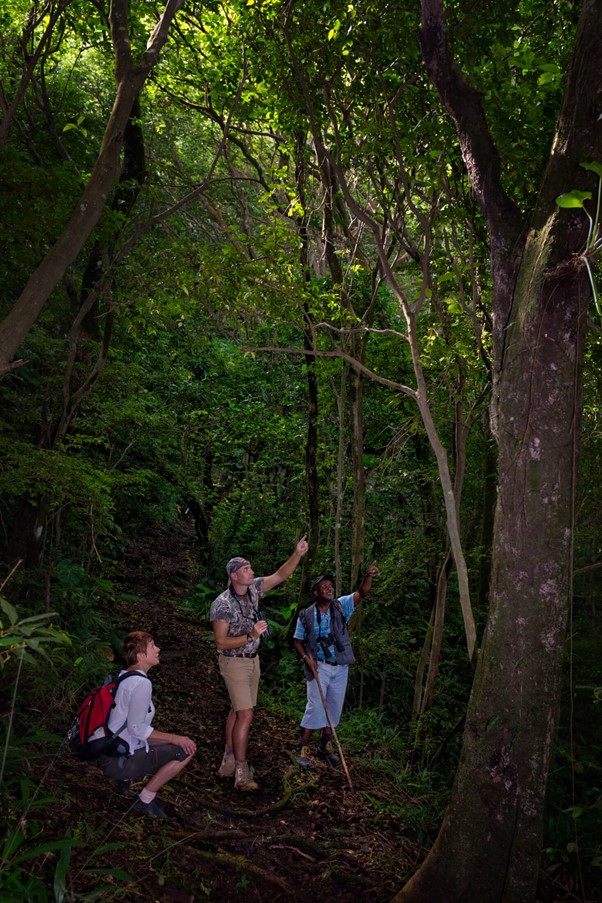
Land fragmentation for housing and agriculture have impaired the natural water ways, and research in mitigation strategies will hopefully restore the watershed and catchment areas to maintain clean water. Other projects include the rehabilitation of water ways such as Higüamo River watershed in Dominican Republic and the restoration of the forest systems in Grenada following the devastation by hurricanes. The sustainability of the project is largely dependent on the education and policy development to maintain the preservation of the areas that is so valuable to the well-being of its citizens. A large component of these projects is the need for a community-oriented process of implementation so that there is local engagement and education
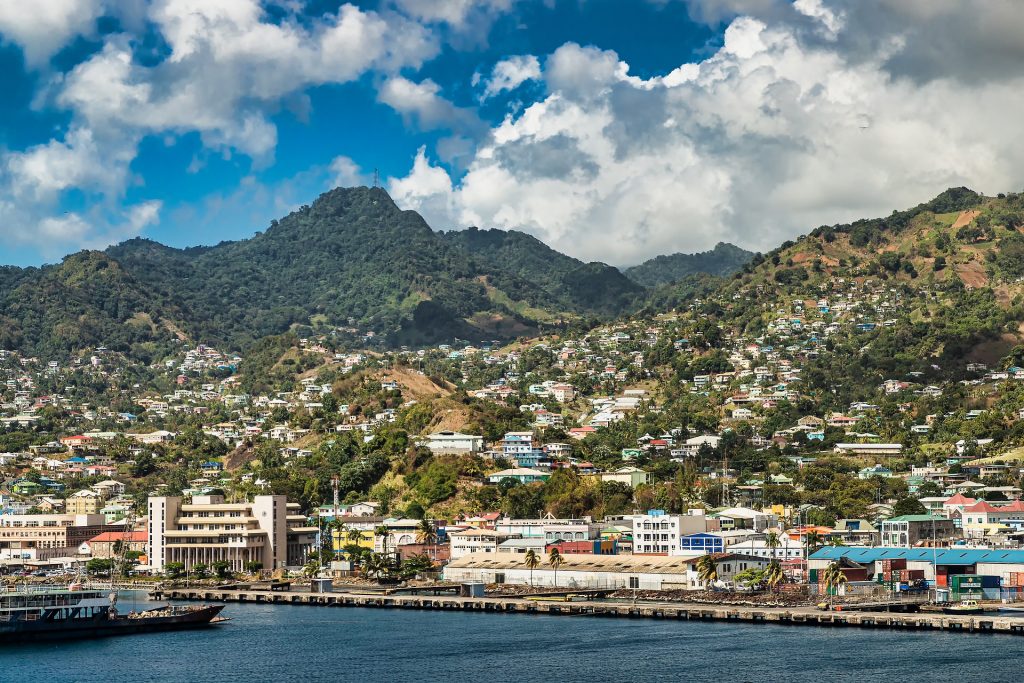
In April 2021, La Soufriere erupted on St Vincent – the last eruption was in 1979 – displacing 16,000 persons many of whom will undoubtedly return to their homesteads to rebuild. In our idyllic Caribbean, volcanoes, earthquakes, hurricanes are constant reminders that the Caribbean is ever changing and sometimes it brings threats of great danger. Surely, this is the lesson of life itself: to live lightly, to be grateful and to work for the protection of that which gives life its meaning.
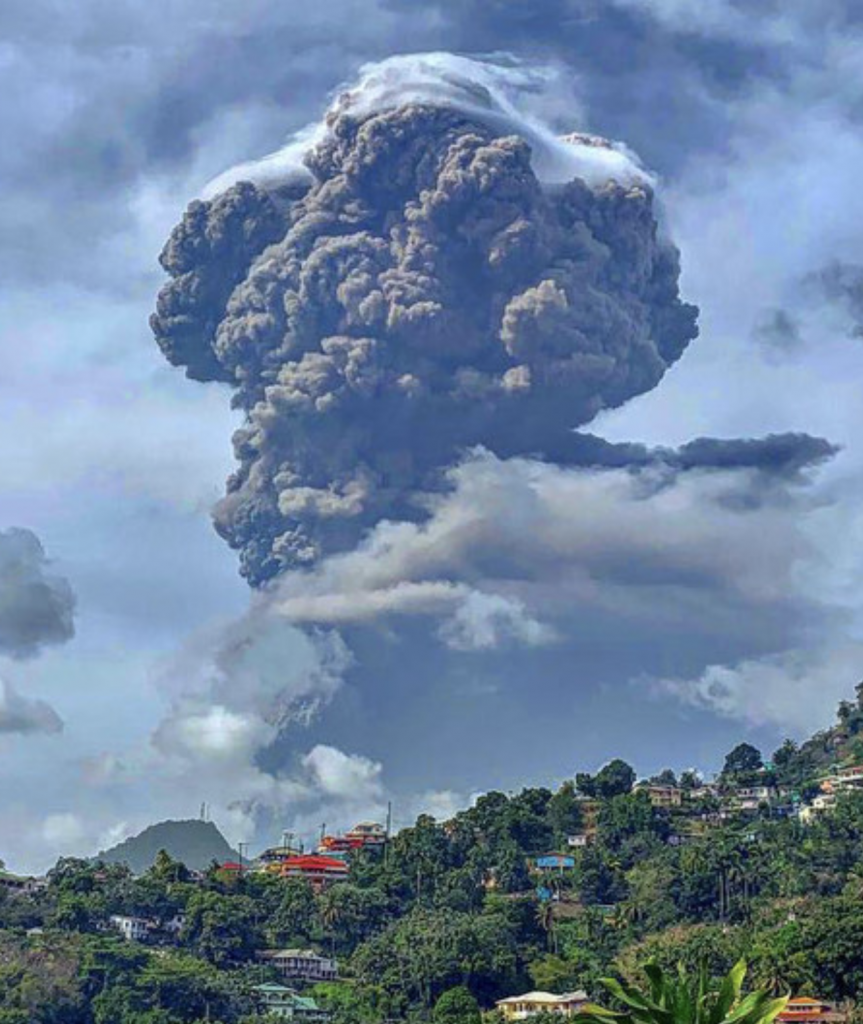

With 37 suites, each suite provides magical views of the island. Experience pure nature, luxury and an eco-adventure at Ladera Resort.
![]()

Dominica’s hidden gem. Cabrits Resort & spa is surrounded by Cabrits National Park and the sparkling Caribbean Sea.
![]()
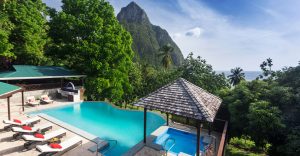
Enjoy nature, views and complete privacy at this villa resort which features private plunge pools and outdoor showers, surrounded by nature.
![]()

Sugar Beach, a Viceroy Resort is set on more than 100 acres of rainforest, with access to a white sand beach and beautiful views of the ocean and Pitons.
![]()

Set on the tropical hillside of St. Lucia, Jade Mountain has exceptional views of the famous Pitons. Enjoy a tranquil and tropical atmosphere.
![]()
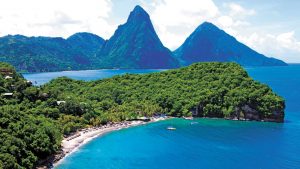
This beachfront resort is surrounded by nature and provides a quiet, romantic and adventurous trip, set on the southwestern coast of St. Lucia.
![]()
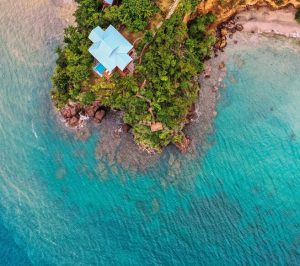
Ten (10) stunning and peaceful villas provide a 180-degree view over the mountain peaks of Dominica and the Caribbean Sea. Explore and Enjoy.
![]()
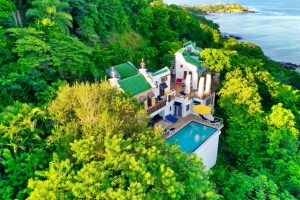
Heaven Can Wait! Enjoy bespoke rock star treatment, utter privacy, and total comfort at Tobago’s most luxurious getaway, Villa Being. Book your stay today!
![]()

![]()
Contact Exceptional Caribbean
#8 Dove Drive
P.O. Box 6154
Pax Vale
Santa Cruz
Trinidad and Tobago
West Indies
T +1 868 676 6165
If you require any more information or have any questions about our site’s disclaimer, please feel free to contact us.
Affiliate Disclaimer: This website contains Affiliate Links to our partners, e.g. Amazon and Expedia. Clicking on these links and purchasing recommended products is at no cost to you. A percentage of any sales will accrue to Exceptional Caribbean which aims to promote the Caribbean as the most amazing place to Live, Work and Play.
All the information on this website is published in good faith and for general information purpose only. ExceptionalCaribbean.com and its Agents, Employees and Representatives do not make any warranties about the completeness, reliability and accuracy of this information. You are advised to do your own due diligence. Any action you take upon the information you find on this website (ExceptionalCaribbean.com), is strictly at your own risk. ExceptionalCaribbean.com will not be liable for any losses and/or damages in connection with the use of our website.
From our website, you can visit other websites by following hyperlinks to such external sites. While we strive to provide only quality links to useful and ethical websites, we have no control over the content and nature of these sites. These links to other websites do not imply a recommendation for all the content found on these sites. Site owners and content may change without notice and may occur before we have the opportunity to remove a link which may have gone ‘bad’.
Please be also aware that when you leave our website, other sites may have different privacy policies and terms which are beyond our control. Please be sure to check the Privacy Policies of these sites as well as their “Terms of Service” before engaging in any business or uploading any information.
Consent: By using our website, you hereby consent to our disclaimer and agree to its terms.
Update: Should we update, amend or make any changes to this document, those changes will be prominently posted here.
Responsible for the Exceptional Caribbean Website: Dr. Auliana Poon and Kevon Wilson
why is it dangerous?
It’s prone to erosion, the agricultural aspects, building a ecosystem that is sustainable while the communities that are built are built in a humane way, there are volcanos and the depth of forestation all make for dangerous scenarios in the Caribbean.